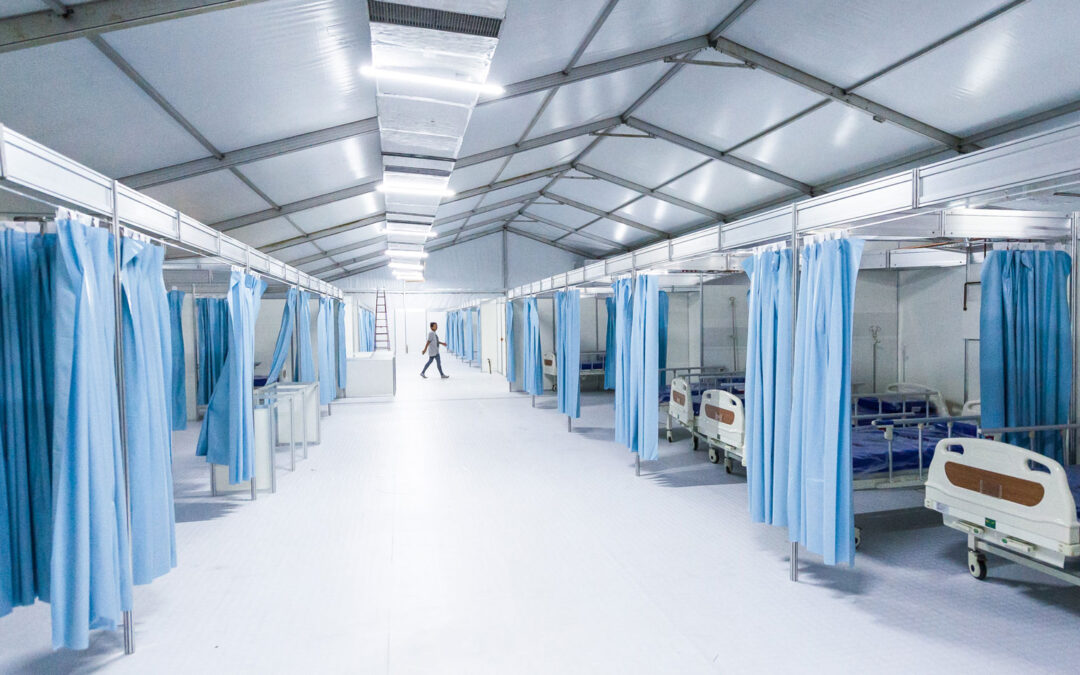Patient Lifting Machines: A Vital Tool for Healthcare Professionals
Patient lifting machines are an essential tool for healthcare professionals who work with patients who require mobility assistance. These machines can help safely lift, move, and transfer patients who may have limited mobility due to injury, illness, or disability. In this blog post, we will discuss the different types of patient lifting machines available and their benefits.

Types of Patient Lifting Machines
There are several types of patient lifting machines available, including hydraulic, electric, and manual lifts. Each of these has its own advantages and can be tailored to the specific needs of the patient and the caregiver.
- Hydraulic lifts Hydraulic lifts are popular due to their affordability and ease of use. These machines use a hydraulic pump to lift and move the patient, and they can be manually operated or powered by electricity. They are versatile and can be used for a variety of patient transfers, including from beds to chairs, chairs to commodes, and more.
- Electric lifts Electric lifts are ideal for patients who require more advanced care. These machines are powered by electricity and have a variety of features such as a rechargeable battery, adjustable lifting speed, and the ability to lift and transfer patients in a standing or seated position.
- Manual lifts Manual lifts are the most basic type of patient lifting machine and are ideal for patients who require occasional mobility assistance. These lifts require physical effort from the caregiver, making them less ideal for patients who require frequent transfers.
Benefits of Patient Lifting Machines
One of the biggest benefits of using patient lifting machines is that they can reduce the risk of injury for both the patient and caregiver. Patient lifting machines can help prevent back and muscle strain, which are common injuries among caregivers who frequently lift and transfer patients.
In addition to reducing the risk of injury, patient lifting machines can also improve the patient’s quality of life by allowing them to move around more freely. Patients who are able to move more easily and comfortably are more likely to be active and engaged in their daily lives, which can lead to better overall health outcomes.
Conclusion
Overall, patient lifting machines are an essential tool for healthcare professionals who work with patients who require mobility assistance. With a variety of options available, there is a patient lifting machine to meet the needs of every patient and caregiver. By reducing the risk of injury and improving the patient’s quality of life, patient lifting machines are an important investment for any healthcare facility.

